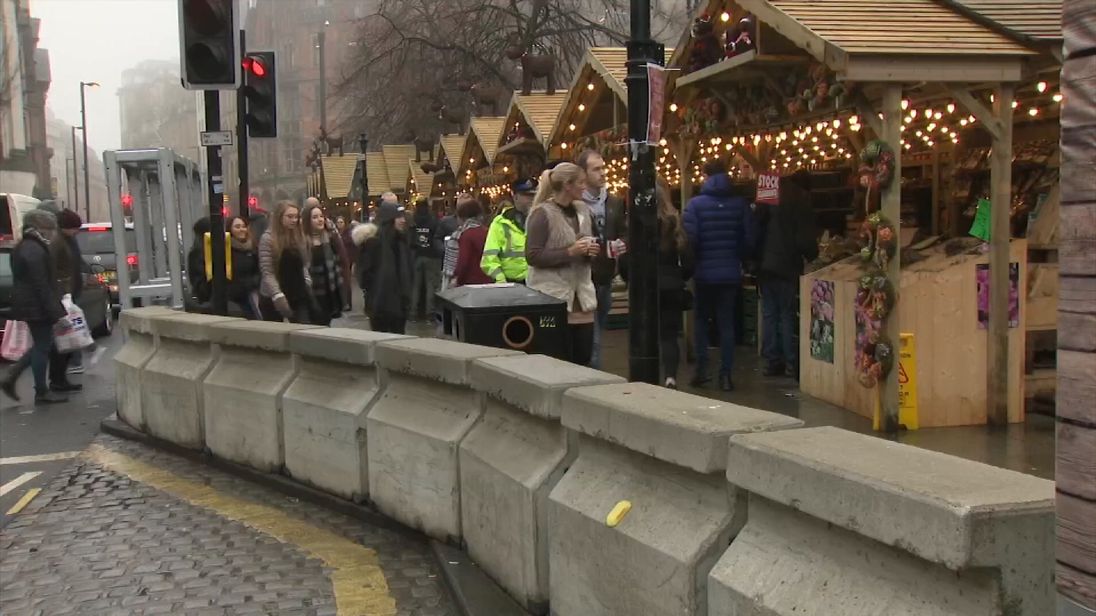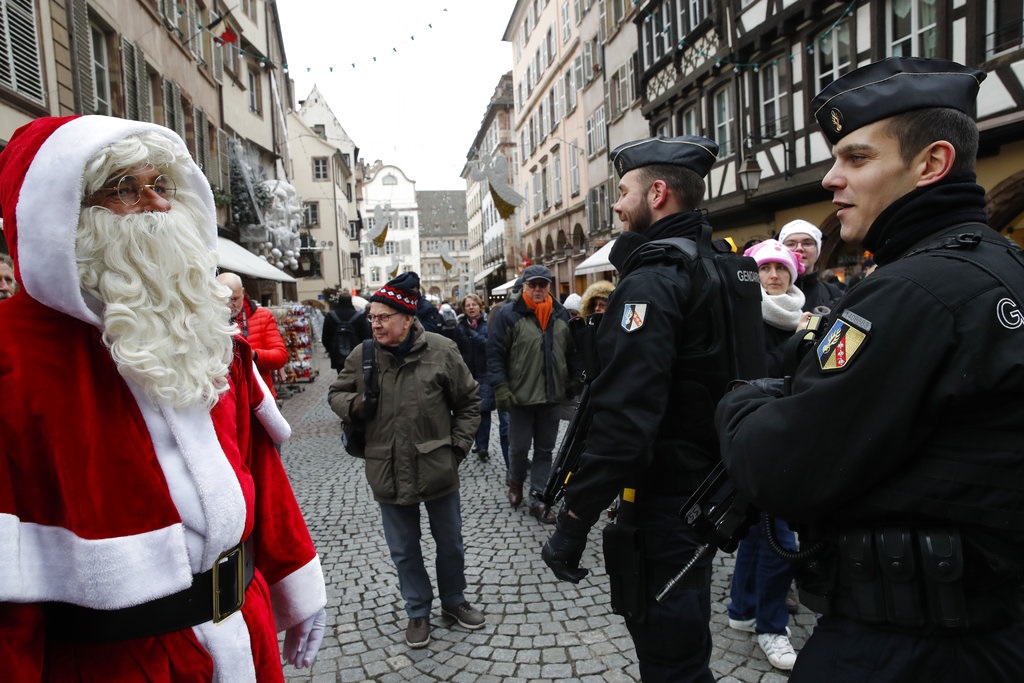The traditional Christmas market is one of the great sights in any European capital at this time of year. But as with all traditions it evolves over time. A few evenings ago, I went to visit the Duomo in Milan and walked through the beautiful Christmas market in the square surrounding it. It was all there: the Christmas lights, the chalet-like huts selling warm food and drink, the fake snow. And, of course, the crash barriers. For since December 2016, when Anis Amri hijacked a truck in Berlin, shot the driver and then ploughed the vehicle into the local Christmas market (killing eleven more people) crash barriers have become a necessary feature of any European Christmas market.
I was in Milan two days after Cherif Chekatt shouted ‘Allahu Akbar’ and started shooting at people enjoying the Christmas market in the city of Strasbourg. And so Milan’s Christmas market, like every other in similar cities, was on high alert. Which furthers yet another new tradition at Europe’s Christmas markets, which is the presence of army vehicles and police and military standing around with heavy duty weapons at the ready.
It all brought to mind a point that Mark Steyn has made a number of times in recent years, which is the phenomenon one might call the ‘bollard-isation’ of public life. Earlier this year in Norway I noticed that even Oslo has a strange set of massive steel devices on both sides of the street on the popular thoroughfare of cafes, restaurants and hotels that leads up to the country’s Parliament. They began to sprout one day and after a dose of negative public comment the local authorities decided to plant flowers on the devices, making them probably the world’s most ungainly flower-pots. What could have made these huge flower-carrying vessels so necessary? Who is to say.

Barriers are in place at Manchester's Christmas market last year.
But as Steyn has also pointed out in his observations about ‘bollard-isation’, there is a strange paradox at work here. Whichever European city you go to these days (Britain included) all of its public buildings and major infrastructure are positively surrounded by bollards and steel barriers. Yet at the same time the governments of these countries have never taken a more lax attitude to the place where bollards or similar security might be more usefully deployed. That is along what we used to call ‘a border’.
As was demonstrated yet again last week, with most of the world’s states signing up to the disastrously loosely worded ‘Marrakech Migration pact’, most European countries are content to allow the world to arrive in their countries and only then start to work out who the arrivals might be. Or pretend to start working it out and then give up. Or go through a long and costly process at the end of which it’s all relative because the person stays anyway. That story – as I have described at length – is one of the biggest stories of our time. But it presents a challenge which Europe remains unwilling to face up to.

No comments:
Post a Comment